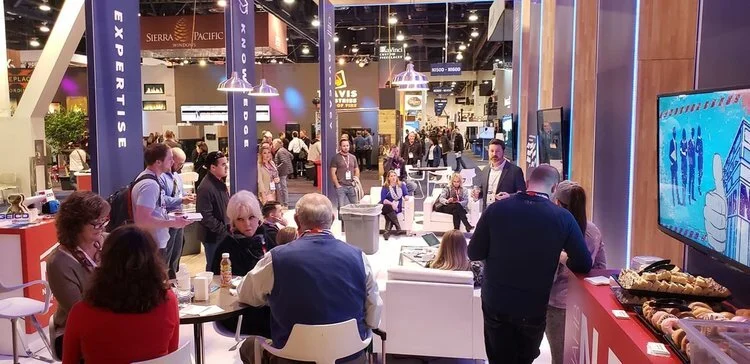Can't Beat the Feeling ~via @iheartmarketing
In the late 80s, Coca-Cola unveiled a new slogan, “Can’t Beat the Feeling,” and rolled it out to consumers via a series of ad campaigns, created by McCann-Erickson. The slogan was integrated across the spectrum of Coke’s advertising and visual branding. The best—and most legendary example belonging to a song McCann produced of the same name.
As a kid growing up in the 80s and 90s, it was more than just a song—it was an anthem. It blended itself in with pop culture and became part of the soundtrack of our childhood. It’s an upbeat tune that captures the sounds of the 80s perfectly, and feels like an opening theme song for a show about to come on TGIF.
“Break me off a piece of that Kit-Kat bar” is a jingle—this was a ballad in comparison.
Side note: If I were tasked with creating an album of brand soundtracks, “Can’t Beat the Feeling” would fit right in-between Oldsmobile’s “Special Feel” and McDonald’s “Menu Song”. The bonus track would be George Gershwin’s classic “Rhapsody in Blue,” tailored for United Airlines, containing of the best voice-overs inviting slogans ever: “Come fly the friendly skies”.
United has since evolved that motto into a more purpose-focused statement: “Connecting people. Uniting the world.”
Hear Mcgarrybowen’s new take on the timeless classic:
Back to the program.
At its core, “Can’t Beat the Feeling” highlighted the special relationship consumers had with the imaginative cola brand.
Outsiders, including Pepsi, shook their heads and challenged the ethereal meaning of “feeling,” by suggesting it was hollow, and, by asking, “What is this feeling, and why can’t it be beat?”
At the time, this was a very good question! It was a brilliant move by Pepsi to leverage the nebulousness of the message, until it was refined and, “Can’t Beat the Real Thing,” was appended to the end of the slogan, creating: “Can’t Beat the Feeling. Can’t Beat the Real Thing”.
The five additional words filled the contextual gap and began resonating with consumers in a more meaningful way. Pepsi’s response was to throw buckets of cash at Michael Jackson, Madonna and a host of other celebrities—further cementing itself as the ‘cooler’ cola brand.
Three decades have passed now and I continue to harken back to “Can’t Beat the Feeling”—its potency eternal.
Sound Matters
In the early 00s, brands were advised to get on board with social media—most balking at the idea. “Our brand doesn’t belong on Facebook!" Rah. Rah. Rah. Grobble. Grobble. Grobble, they went. Keep in mind this was way after brands were told they should have a website. And they balked at that idea too.
If social is an extension of the brand what do we make of sound? In the digital age, noise and the sounds a brand (or products) emit when being interacted with is part of the brand experience. And it’s cool and fun. It’s more nuanced, but brands are starting to integrate their own unique sounds across all touch points.
Sound can absolutely increase loyalty. So much time is spent on how a brand looks and where it shows up. Having a familiar sound seems to be just as significant.
Here’s a recent example from Mastercard on how they created a new brand melody with Mike Shinoda of Linkin Park:





